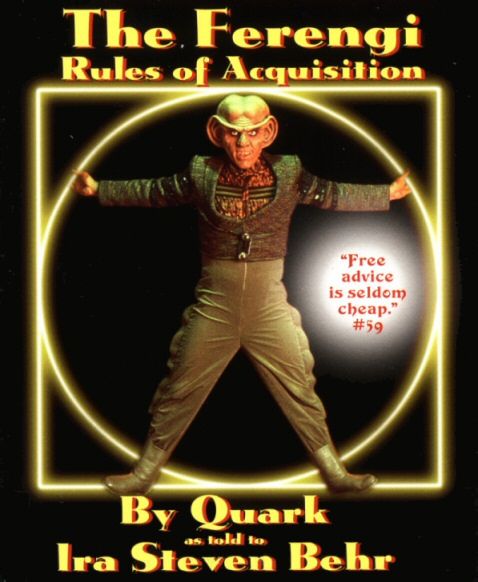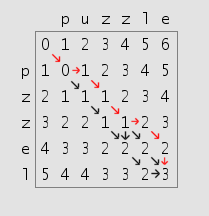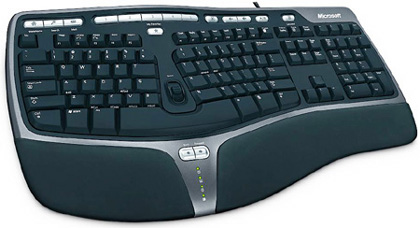
software development
Paying Down Your Technical Debt
Every software project I’ve ever worked on has accrued technical debt over time: Technical Debt is a wonderful metaphor developed by Ward Cunningham to help us think about this problem. In this metaphor, doing things the quick and dirty way sets us up with a technical debt, which is










